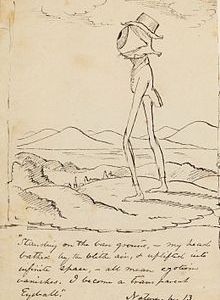Link to comment:
http://www.rositacoledan.wordpress.com/2017/08/24/blog-post-2-critical/#comments
Hey Rosita,
Since I did the same question, I was really curious as to how other students responded. Reading this engaging and thought-provoking piece of writing, I think you answered the critical piece extremely well. You made really good points such as the events and holidays (ANZAC Day and Australia Day) honouring the achievements of early European settlers and the false admiration that Cook received for “discovering the land”. I definitely agree with you in regards to Grant’s opinion of the Captain James Cook statue “speaking to emptiness and the invisibility of indigenous Australian”. I think another aspect that made this piece engaging was the fact that there were no spelling and grammatical errors. You definitely nailed this week’s critical piece and I hope to see more from you!





